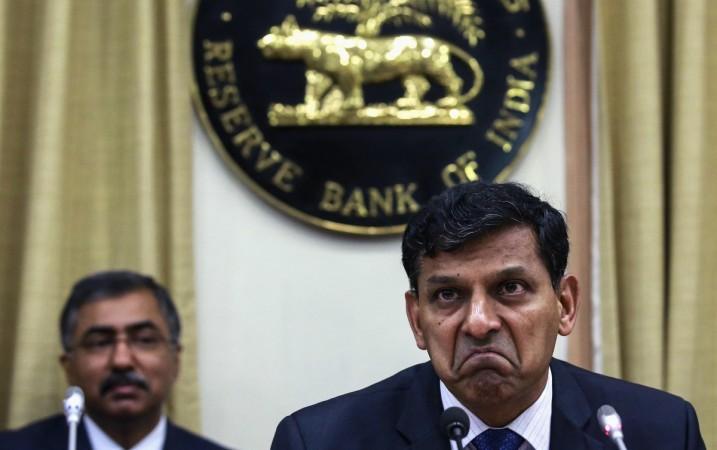
Finance Minister Arun Jaitley expects the Reserve Bank of India (RBI) to cut interest rates at its June meeting, but the growing risk for inflation hints that the central bank should keep rates on hold in near-term.
Projected lower foodgrain production, chances of a below-normal monsoon rainfall for a second consecutive year, and steady rise in global crude oil prices are expected to pressurise inflation to go up, even though some ease was observed in recent months.
"It might be prudent to hold the policy rate steady for the time being as upside risks to food inflation still persists," Dun & Bradstreet India Senior Economist Arun Singh told The Economic Times.
The RBI had kept key rates unchanged in its April meeting, waiting to see how inflationary pressure evolves in the months ahead. Prior to the April meeting, the RBI had cut the repo rate by 50 basis points to 7.5 percent since the start of this year.
The government estimates country's foodgrain production to decline by 5.25 percent to 251.12 million tonnes in 2014-15 crop year due to deficit monsoon rainfall last year and unseasonal rains in February and March, this year.
The Indian Meteorological Department (IMD) has predicted a below-normal monsoon rainfall this year due to occurrence of El Nino conditions.
Weather forecasting agencies in Australia and Japan have already confirmed that early signs of El Nino phenomenon. The El Nino effect could lead to below-normal rains, bringing down agricultural output and raising the spectre of food inflation. Data shows 10 out of 13 droughts that occurred since 1950 have had an El Nino connection.
"If the monsoon is worse than feared, this will severely constrain the RBI's ability to ease policy over the medium-term, seeing that its CPI targets would be at risk," HSBC told DNA.
HSBC expects inflation to go up in the second half of this year due to the El Nino effect. It adds that higher crude oil prices and supply side issues may add to worries on inflation.
A second consecutive year of weak monsoon will adversely affect agricultural activity in India, pushing up the food prices.
Rising crude oil prices in the international markets led to steep hike in petrol and diesel prices in May. Increasing fuel prices may result in higher food prices in the coming months.
Two consecutive sharp increases in petrol and diesel prices in the last two consecutive reviews have wiped out more than one-thirds of the gains passed to the consumers by the oil marketing companies since August last year.
Crude oil prices have rebounded by nearly 50 percent from the lows hit in January as falling oil production in the US eases oversupply concerns.
Further, analysts do not see any significant selling pressure in crude oil prices in the coming months, suggesting that inflation will remain pressurised by steady oil prices.

















